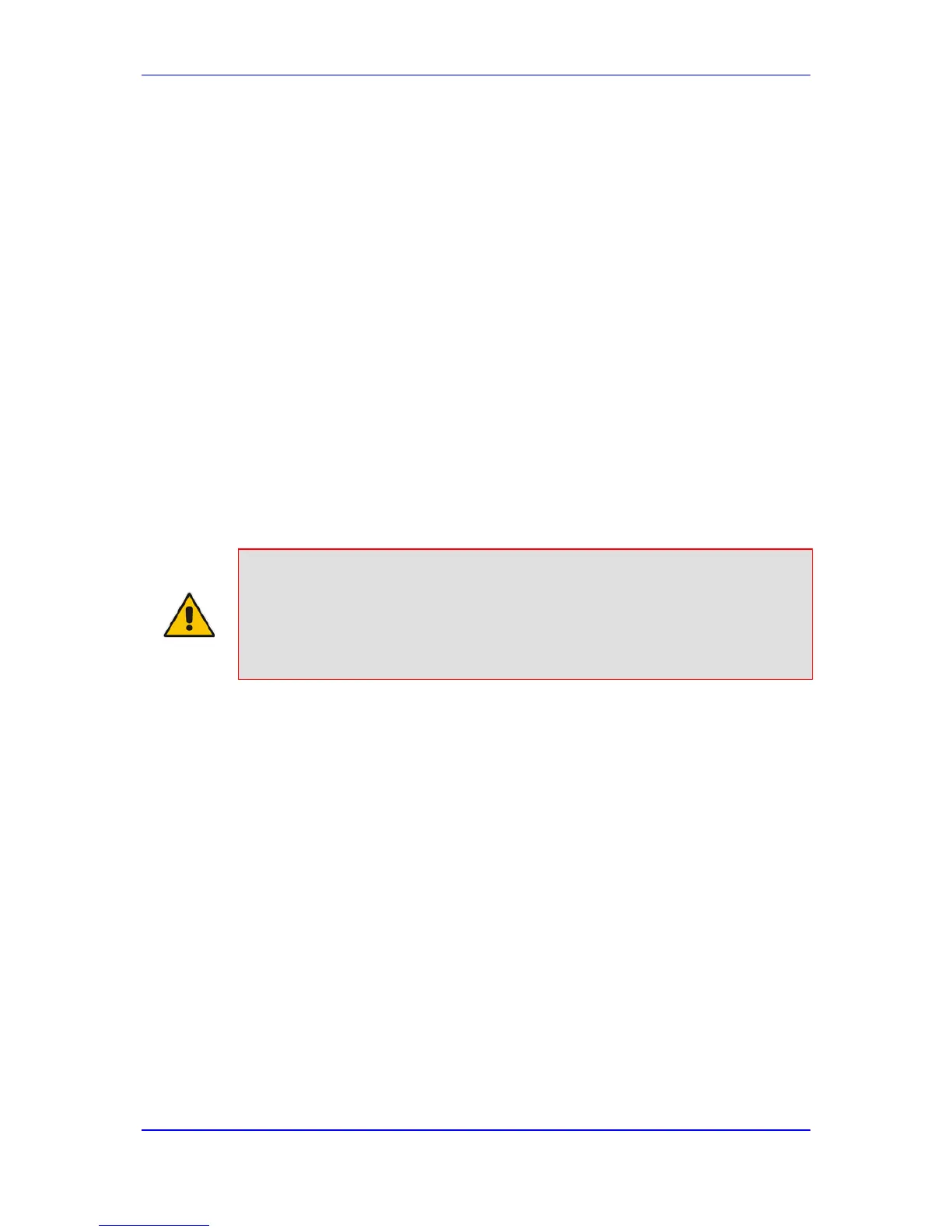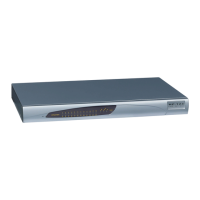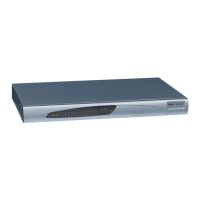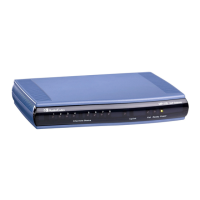40 Testing SIP Signaling Calls
A simulated endpoint can be configured on the device to test SIP signaling of calls between
it and a remote destination. This feature is useful in that it can remotely verify SIP message
flow without involving the remote end side in the debug process. The SIP test call
simulates the SIP signaling process - call setup, SIP 1xx responses, and through to
completing the SIP transaction with a 200 OK.
The test call sends Syslog messages to a Syslog server, showing the SIP message flow,
DTMF signals, termination reasons, as well as voice quality statistics.
40.1 Configuring Test Call Endpoints
The Test Call table enables you to test the SIP signaling (setup and registration) of calls
and media (DTMF signals) between a simulated phone on the device and a remote
endpoint. These tests involve both incoming and outgoing calls. Test calls can be dialled
automatically at a user-defined interval and/or manually when required. The simulated
phone and remote endpoints are defined as SIP URIs (user@host) and the remote
destination can be defined as an IP Group, IP address, or according to an Outbound IP
Routing rule. You can also enable automatic registration of the endpoint.
When a SIP test call is initiated, the device generates a SIP INVITE towards the remote
endpoint (e.g., a SIP proxy server or softswitch). It simulates the SIP call setup process,
managing SIP 1xx responses and completing the SIP transaction with a 200 OK.
Notes:
• By default, you can configure up to five test calls. This maximum can be
increased by installing the relevant Software Upgrade Feature Key. For
more information, contact your AudioCodes sales representative.
• The Test Call Endpoint table can also be configured using the table ini
file parameter Test_Call (see 'SIP Test Call Parameters' on page 480).

